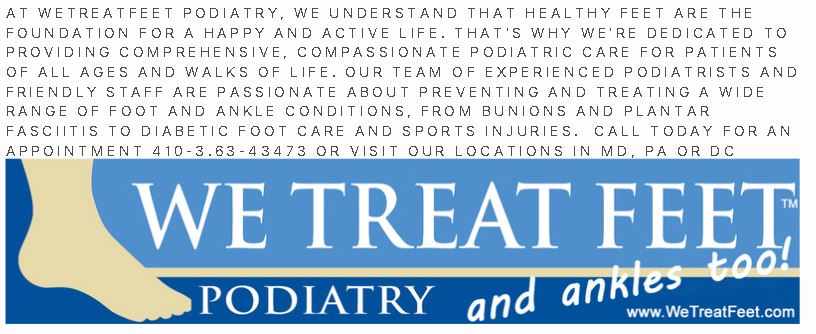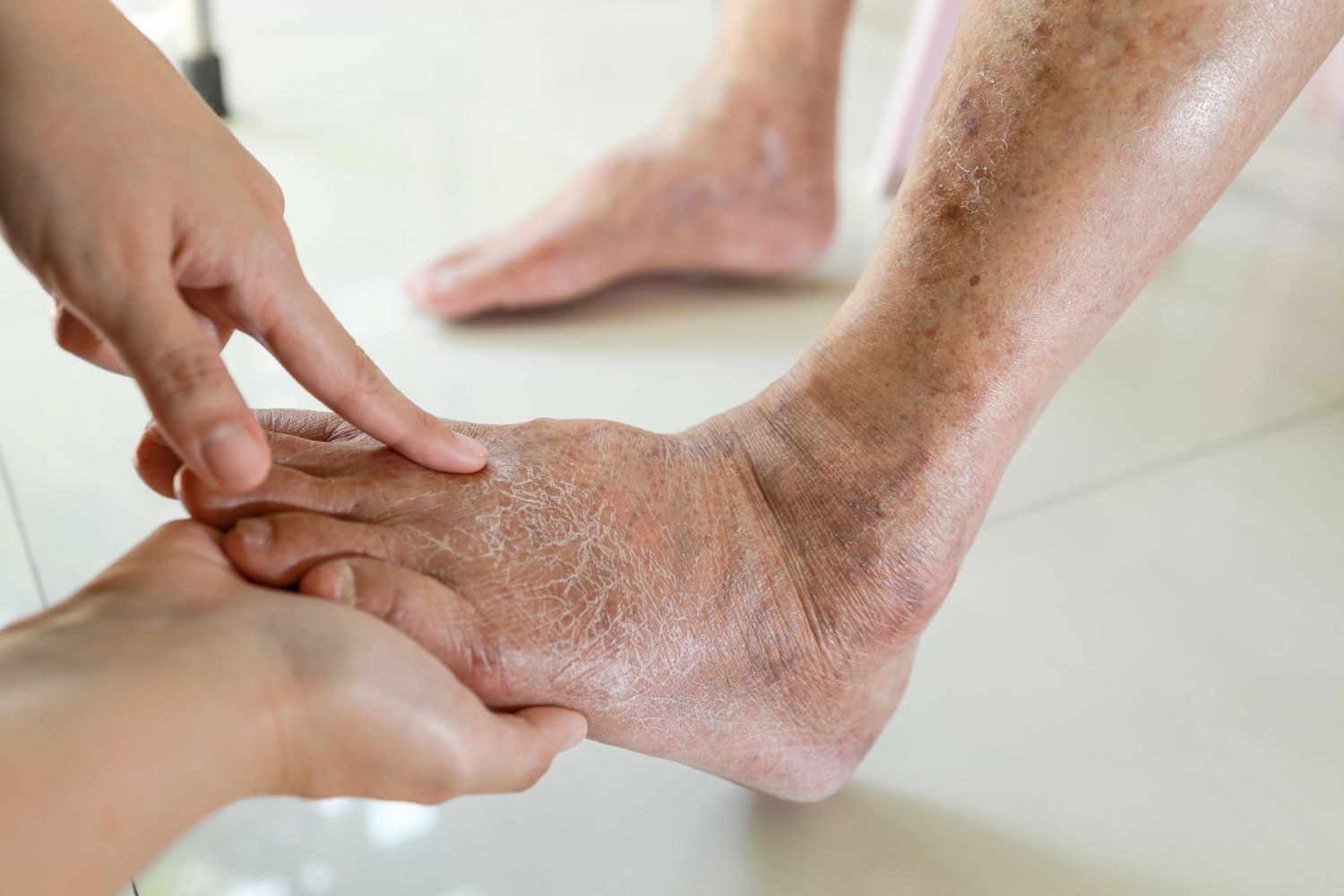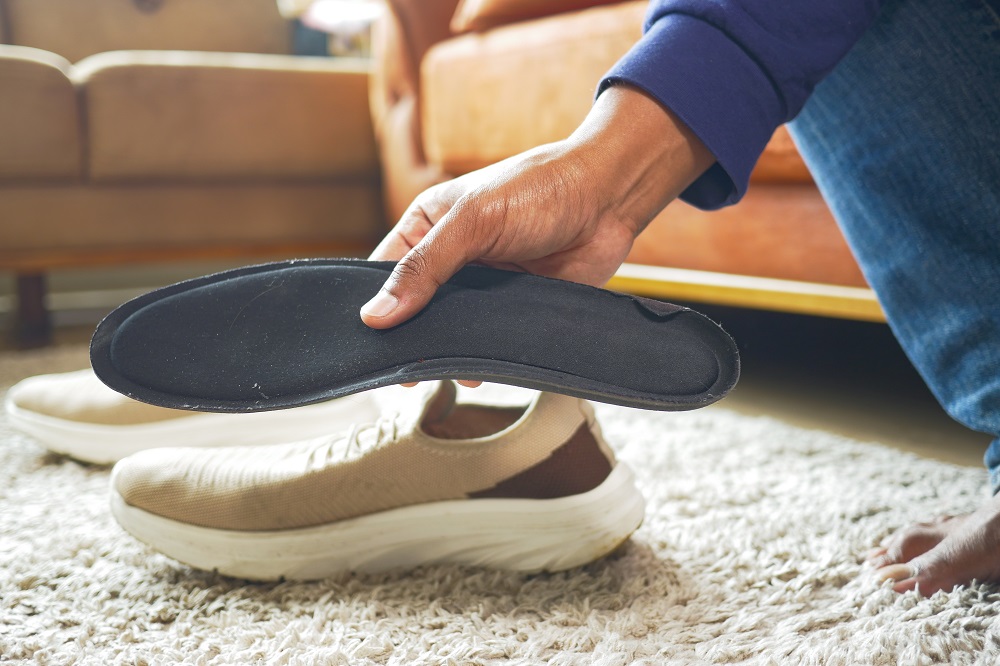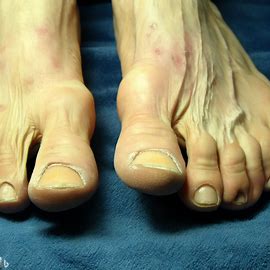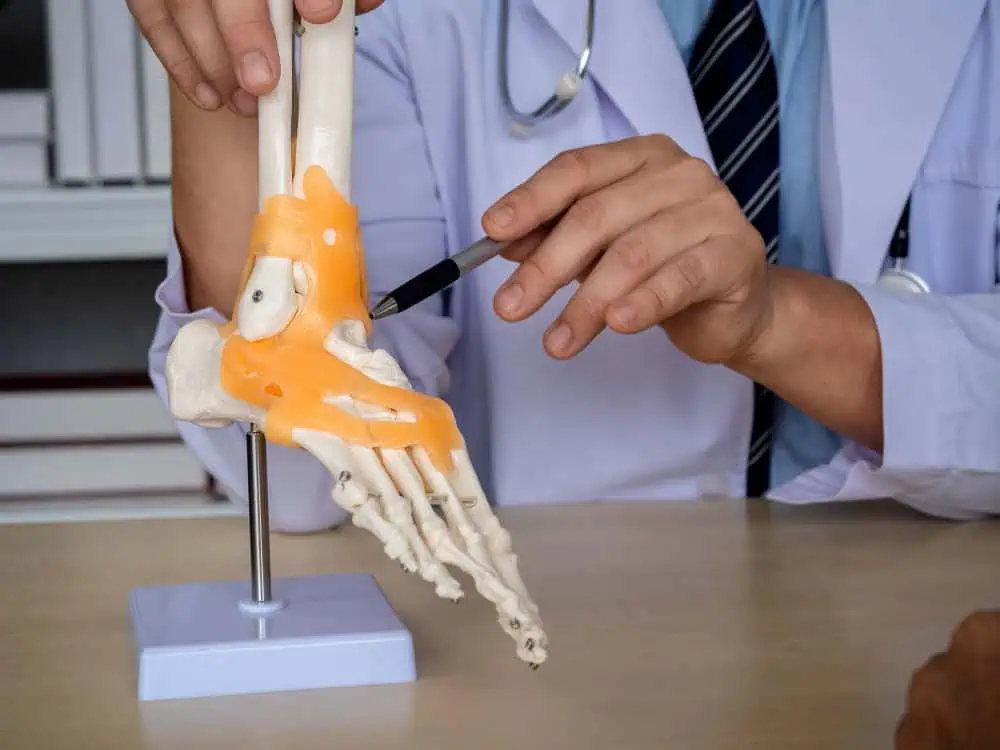In the intricate tapestry of our body’s anatomy, there’s a silent hero that often goes unnoticed—the feet. As we traverse the journey of life, every step we take places a unique demand on these vital components of our well-being. This blog post serves as a voyage into the depths of foot health, guided by the lens of podiatric expertise. From the arches supporting our weight to the tendons facilitating movement, we unravel the secrets of foot anatomy, exploring its complexities and understanding the significance of expert podiatric care.
The Weight-Bearing Wonders: Arches of the Feet
Our feet, marvels of biomechanical engineering, are equipped with arches that absorb and distribute the forces generated with each step. There are three primary arches: the medial longitudinal arch, lateral longitudinal arch, and transverse arch. These arches act as shock absorbers, providing stability and flexibility to accommodate various surfaces. Understanding the dynamics of these arches is fundamental in comprehending how our feet adapt to different terrains and activities.
The Medial Longitudinal Arch: A Pillar of Support
Situated along the inner side of the foot, the medial longitudinal arch bears the majority of our body weight. This arch plays a crucial role in maintaining balance and absorbing the impact of walking, running, and standing. Podiatrists keenly assess the health of this arch, as its integrity is essential for preventing conditions like flat feet and overpronation.
The Lateral Longitudinal Arch: Balancing Act on the Outer Edge
Running parallel to the medial arch, the lateral longitudinal arch spans the outer edge of the foot. This arch contributes to weight distribution and stabilizes the foot during movement. Maintaining the balance between the medial and lateral arches is pivotal for optimal foot function, and podiatrists carefully evaluate any abnormalities that might affect this delicate equilibrium.
The Transverse Arch: Bridging the Midfoot
The transverse arch runs across the midfoot, connecting the metatarsal bones. This arch provides structural support and flexibility for activities that involve pushing off the ground, such as walking and running. Podiatric specialists pay meticulous attention to the transverse arch, as its proper functioning is integral to efficient propulsion and overall foot health.
Tendons: The Dynamic Connectors of Motion
While arches provide the foundational structure, tendons act as dynamic connectors, enabling movement and facilitating the intricate dance of muscles and bones within our feet. Tendons are fibrous tissues that attach muscles to bones, transmitting the forces generated by muscle contractions to produce motion. Understanding the role of tendons unveils the complexity of foot mobility and underscores the need for expert care in maintaining their health.
Achilles Tendon: Powerhouse of Propulsion
The Achilles tendon, the largest tendon in the body, connects the calf muscles to the heel bone. This crucial tendon is instrumental in activities like walking, running, and jumping. Podiatrists recognize the significance of the Achilles tendon in maintaining proper gait and preventing conditions like Achilles tendinitis or rupture, emphasizing the importance of targeted interventions for its optimal health.
Peroneal Tendons: Stability on the Outer Side
Situated on the outer side of the ankle, the peroneal tendons stabilize the foot and provide support during movements that involve turning and balancing. Podiatric experts evaluate the integrity of these tendons to address conditions like peroneal tendinitis and prevent potential instability issues.
Tibialis Posterior Tendon: Sustaining Arch Integrity
Playing a crucial role in supporting the medial longitudinal arch, the tibialis posterior tendon helps maintain the arch’s structural integrity. Podiatrists closely examine this tendon to identify conditions such as posterior tibial tendon dysfunction, a condition that can lead to the collapse of the medial arch if left untreated.
Potential Issues and the Need for Specialized Podiatric Care
Understanding the intricacies of foot health also involves recognizing potential issues that can arise. From biomechanical imbalances impacting arches to tendon injuries affecting mobility, the spectrum of foot conditions requires specialized attention. This is where podiatrists emerge as the unsung heroes, armed with the knowledge to diagnose, treat, and prevent a myriad of foot-related issues.
Biomechanical Assessments: Unraveling the Puzzle
Podiatrists conduct comprehensive biomechanical assessments to understand how the foot functions during various activities. Through gait analysis and motion studies, they identify abnormalities that may contribute to conditions like plantar fasciitis, bunions, or stress fractures. Tailoring interventions based on these assessments ensures targeted care for individual foot health.
Custom Orthotics: Precision in Every Step
For individuals experiencing arch issues or biomechanical imbalances, custom orthotics offer a personalized solution. Podiatrists prescribe these customized shoe inserts to address specific foot conditions, providing support, cushioning, and realignment. The precision of custom orthotics reflects the specialized care that podiatrists bring to enhance foot health.
Tendon Management and Rehabilitation
In cases of tendon injuries or conditions, podiatrists employ targeted management and rehabilitation strategies. From physical therapy to orthopedic interventions, the goal is to restore tendon function, alleviate pain, and prevent further complications. Specialized knowledge in tendon care sets podiatrists apart in addressing the nuanced challenges these dynamic connectors can present.
Conclusion: Elevating Foot Health through Expertise
As we unravel the intricacies of foot health from a podiatric perspective, it becomes evident that our feet are not merely the foundation of our mobility but intricate ecosystems of biomechanical wonders. The arches and tendons work in harmony, providing stability, flexibility, and the ability to navigate life’s journey with grace. Acknowledging the specialized care offered by podiatrists is the first step towards ensuring the longevity and well-being of these silent heroes that bear the weight of every step we take.
In the world of foot health, podiatrists stand as guides, navigating the complexities with expertise, precision, and a commitment to enhancing the quality of life, one step at a time.
The arch of the foot is a vital component of foot health, providing stability, flexibility, and support for every step we take. Podiatrists possess the specialized knowledge and expertise to address the intricate challenges related to arch care, ensuring the longevity and well-being of our feet.
